Drives continue to evolve, responding to broader industry trends in automation with new features. Some of those drivers include rising interest in IoT functionality, the integration of safety features into drives, as well as some newer application areas that are seeing drive manufacturers respond in new and innovative ways.
Some advancements are clearly visible in VFDs, with the expansion of the range of protection classes beyond the standard UL Type 1 to include UL Type 12 and 4/4X, all of which lead to reduced size and costs relative to mounting VFDs in a separate enclosure. And there’s more, as explained by Larry Gardner, Drives Product Manager for Yaskawa. “Industry-specific versions of VFDs streamline commissioning and maintenance by building in terminology and parameter settings appropriate to the VFD application,” notes Gardner. Plus, “newer Matrix VFDs, designed specifically for low harmonics, are helping users meet guidelines set by IEEE 519 without incurring the extra expense, space, and energy consumption of older solutions, such as multi-pulse and harmonic filters. Additionally, newer VFDs can now be programmed without the need to connect main three-phase power using either a wired or Bluetooth connection to a PC or smart mobile device.”
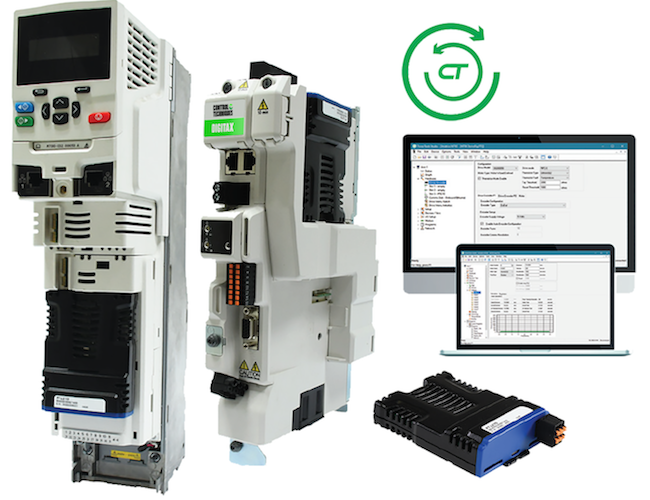
There has also been more interest in safety drives. So for instance, while safe torque off (STO) has been implemented in many servo drives, there are also requests for other safe motion features including safe limited speed, safe stop, encoder redundancy, and other motion safe events in drives. As Mike Wolfe, Business Development Manager of Motion Control for Nidec/Control Techniques notes, safe functions are becoming more important to produce machines with higher safety protection levels such as SIL3 and PLe. “Control Techniques has taken a modular approach to safety in our drives,” adds Wolfe. “This allows the customer to purchase one common drive family and add a safety module when they determine which axis and/or machines might require safe motion features.”
Interest in the IoT and related industrial IoT (IIoT) has manufacturers adding capabilities and support functions to their drive offerings. As Larry Gardner of Yaskawa explains, when it comes to the IoT or IIoT, there are two main items that need to be addressed; 1) connectivity and 2) data. “With the variety of different controllers that are available in the market and the protocols that they support, Yaskawa offers a variety of different network protocol options ranging from the traditional fieldbus networks of Modbus RTU, DeviceNet, and PROFIBUS to the Ethernet-based protocols like Modbus TCP/IP, EtherNet/IP, and PROFINET. This flexibility gives users the ability to keep their current control system and focus the integration of the drive onto their controller. When integrating the drive onto their controller, the data that can be accessed can play a large role in the overall capability of the system.”
Mike Wolfe of Nidec/Control Techniques adds that “As of today, all Control Techniques drive products have the capability of connecting to an Ethernet network using a variety of fieldbus options. This agnostic approach to communications allows Control Techniques drives to interact with most factory automation systems and not lock customers into a specific brand or fieldbus.”
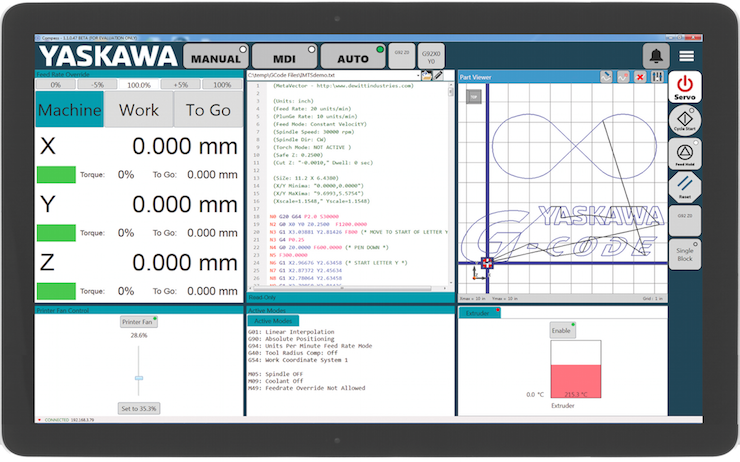
What’s more, in 2021, Control Techniques is launching a new compact, low-power general purpose drive that’s fully configured using a smartphone or tablet using near field communications (NFC) which is built-in to many smartphones and tablets. This will provide an easy to use interface app, simplifying the setup of conveyors, pumps, and fans.
Ease-of-use is also at the heart of new drives from Yaskawa, particularly the new keypad. “It is easier to use, provides more information, and allows the user to self navigate. Menu-driven programs take the guesswork out of programming, eliminating the need to reference manuals,” notes Yaskawa’s Larry Gardner. “Our customers love the new DriveWizard Mobile app, which allows them to program the drive without power. Each improvement added to Yaskawa’s GA800, GA500, and HV600 drives were designed to get the drive running as fast and as easy as possible, saving time and energy on every installation.”
Drive manufacturers are also seeing increased activity across a range of different industries and applications, including factory automation in general. For example, Mike Wolfe of Nidec/Control Techniques notes that “the automation of materials handling is in full force, specifically in automated guided vehicles (AGV). These mobile robots either follow a specific path or are guided using sensors and artificial intelligence from point a to point b. From warehouse fulfillment to automotive assembly, automating the materials handling process is improving the efficiency of manufacturing and fulfillment across the globe.”
In fact, some of the impetus behind the surging interest in factory automation is a result of the ongoing coronavirus pandemic. But the pandemic has also given drive manufacturers time to reevaluate their customer relationships. For example, as Larry Gardner points out, “Yaskawa has taken this as an opportunity to strengthen our relationships with our customers, reaching out more to educate our customers, better understand their needs, and continuously improve our customer experience.”
Mike Wolfe of Nidec/Control Techniques describes how even before the pandemic began last spring, the company had started building more e-tools. “We started building a self-guided e-learning system to provide additional learning opportunities to our in-person training sessions,” notes Wolfe. “Once we were no longer able to host in-person classes, we spent the rest of the year adding and improving our online courses that offer beginner to advanced training on drive products.”

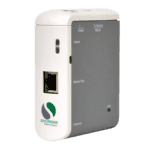
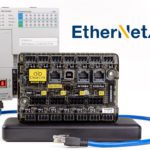
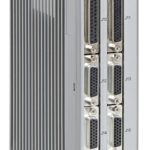

Leave a Reply
You must be logged in to post a comment.